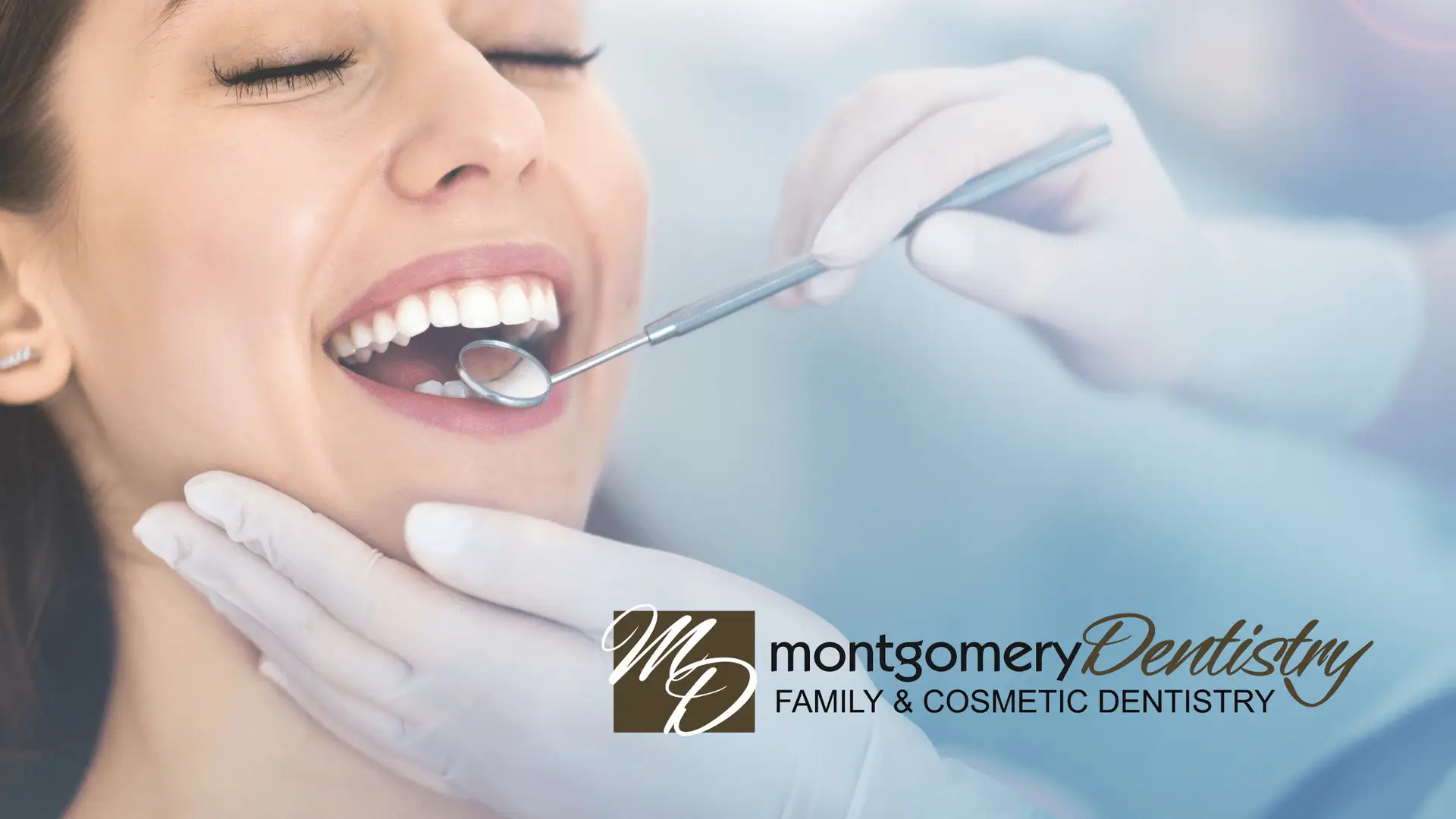Most adults should have their teeth examined and cleaned at least twice a year in order to keep their smiles happy and healthy. What do these routine dental cleanings entail, though? Here’s a deep dive into the process of a typical dental cleaning.
Tooth and gum examination. Most standard dental cleanings start with a basic examination of your teeth and gums. The dental hygienist will typically use a small mirror to check your teeth and gums for obvious issues like inflammation or active decay. If they do see an issue, they may call the dentist over to take a closer look before proceeding.
Your dentist might also want to have X-rays of your mouth taken at this stage, even if there are no obvious issues. This is simply a way for them to look a little closer and make sure your teeth and gums are as healthy on the inside as they look on the outside. X-rays normally only take a few seconds, and they aren’t painful at all.
Plaque and tartar removal. During the next stage of your routine dental cleaning, the dental hygienist will typically use a small tool called a “scaler” to remove excess plaque and tartar from your teeth and gumline. Tartar starts developing and building up when plaque is left on the teeth to harden, and it can cause some serious dental problems like cavities and gum disease. Regular brushing and flossing can help drastically cut down on the development of tartar, but some of it is simply unavoidable.
The plaque and tartar removal process can be a little noisy, but it usually only takes a few minutes. If you have a lot of buildup or especially sensitive gums, you might experience a little bit of soreness and some bleeding at this stage.
Deep cleaning and polishing. While brushing your teeth regularly at home is extremely important, deeper cleaning than you can provide for yourself is required every now and then to keep your teeth in optimal shape. During this step of a routine dental cleaning and exam, the dental hygienist will usually take gritty toothpaste and a special spinning toothbrush to brush and polish your teeth.
Just like the plaque and tartar removal process, the polishing stage can be a bit noisy. Unlike scaling though, polishing usually isn’t painful or uncomfortable in any way.
Flossing. Flossing is a key component of the dental cleaning process. It helps dislodge any food particles that might be hiding away between your teeth, which could lead to tartar buildup, inflamed gums, and other more serious dental issues.
You should still be flossing regularly at home between visits to the dentist, but a dental hygienist will almost always give you a professional and thorough flossing when you come in for a routine exam and cleaning. This process can be a little uncomfortable if you have sensitive gums, but you’ll have no real problems with pain as long as you’re used to flossing regularly.
Rinsing. Once the dental hygienist is done flossing your teeth, they’ll probably have you rinse out your mouth to get rid of any debris or excess saliva. This step typically involves the dental hygienist squirting water into your mouth, asking you to swish it around, and then suctioning out the remaining water. The rinsing stage is completely painless, and it usually feels good to be able to do a good rinse after all the poking and prodding in your mouth throughout the exam and cleaning.
Fluoride treatment. Fluoride is a substance that protects your teeth from cavities and contributes to your overall oral health. Not all dental practices provide a fluoride treatment as part of a routine cleaning, but many do.
When the dental hygienist gets to this step in the dental cleaning process, they’ll typically apply a sticky paste or gel with a small brush to each of your teeth. The fluoride wears off after a while, and you’re usually still able to eat and drink while it’s on your teeth.
Final exam. When you’re done having your teeth cleaned, your dentist will probably step in to give your teeth and gums one final check before sending you on your way. Once they give you the go-ahead, you’re all set for another six months until your next exam and cleaning.
Call Montgomery Dentistry at (334) 279-0760 today to schedule your next routine dental cleaning! We can’t wait to see you.
About the Author
-

Dr. Amy Morrison Anderson
Dr. Amy Morrison Anderson joined our practice in July 2005. She is a lifelong resident of Montgomery, and a graduate of Jefferson Davis High School, Auburn University, and the University of Alabama, Birmingham School of Dentistry.
She is a member of the American Dental Association, the Alabama Dental Association, and the Academy of General Dentistry.
Dr. Anderson most enjoys doing veneers. “The reward of seeing my patients’ self-confidence and self-esteem boosted by a beautiful smile is immeasurable.”
Brandon, her husband, is also a graduate of Jefferson Davis High School and Auburn University. They have one daughter, Bailey Elizabeth, and twin sons, Caden and Cole.
